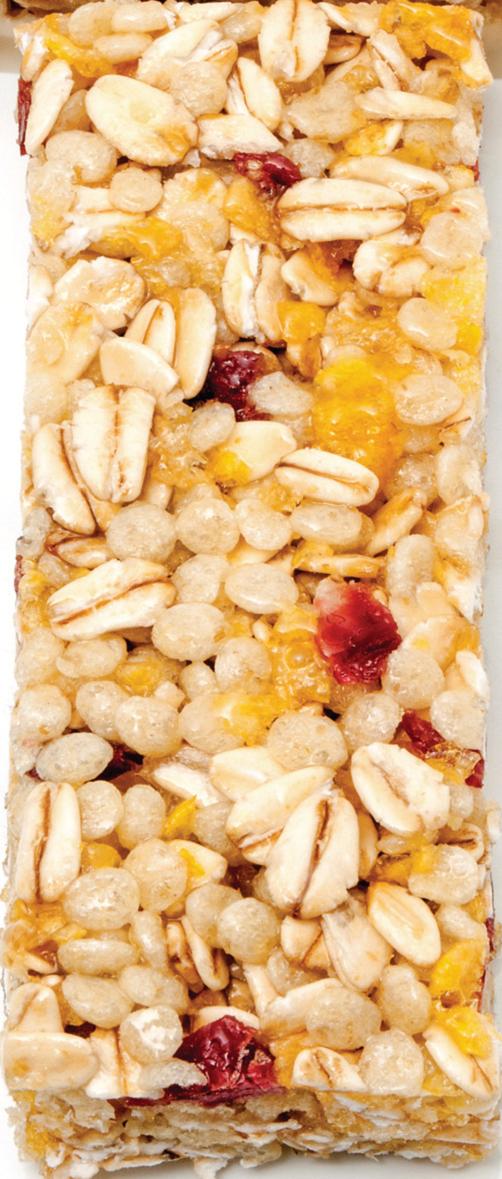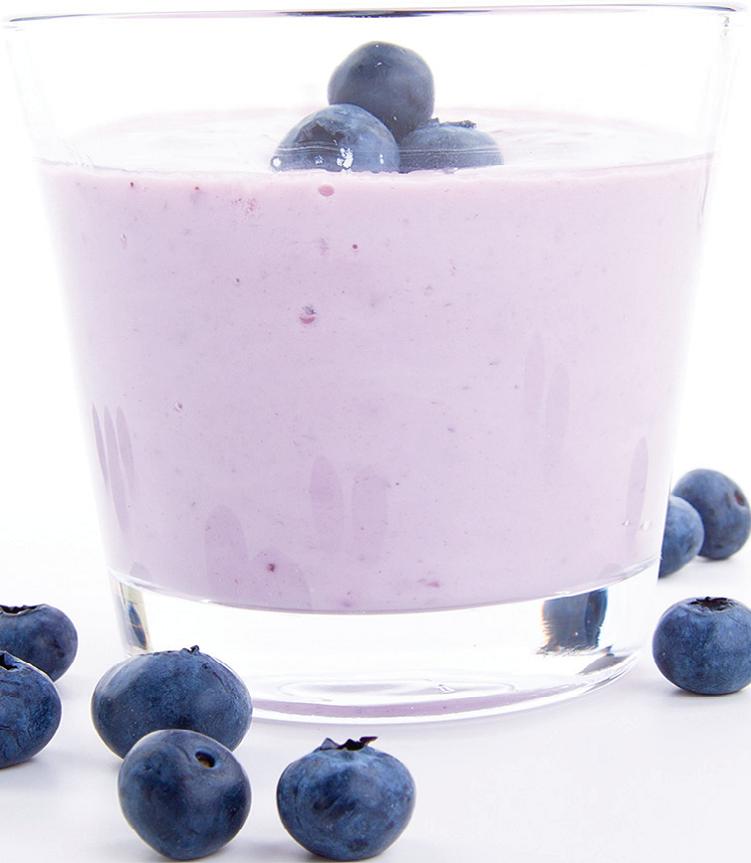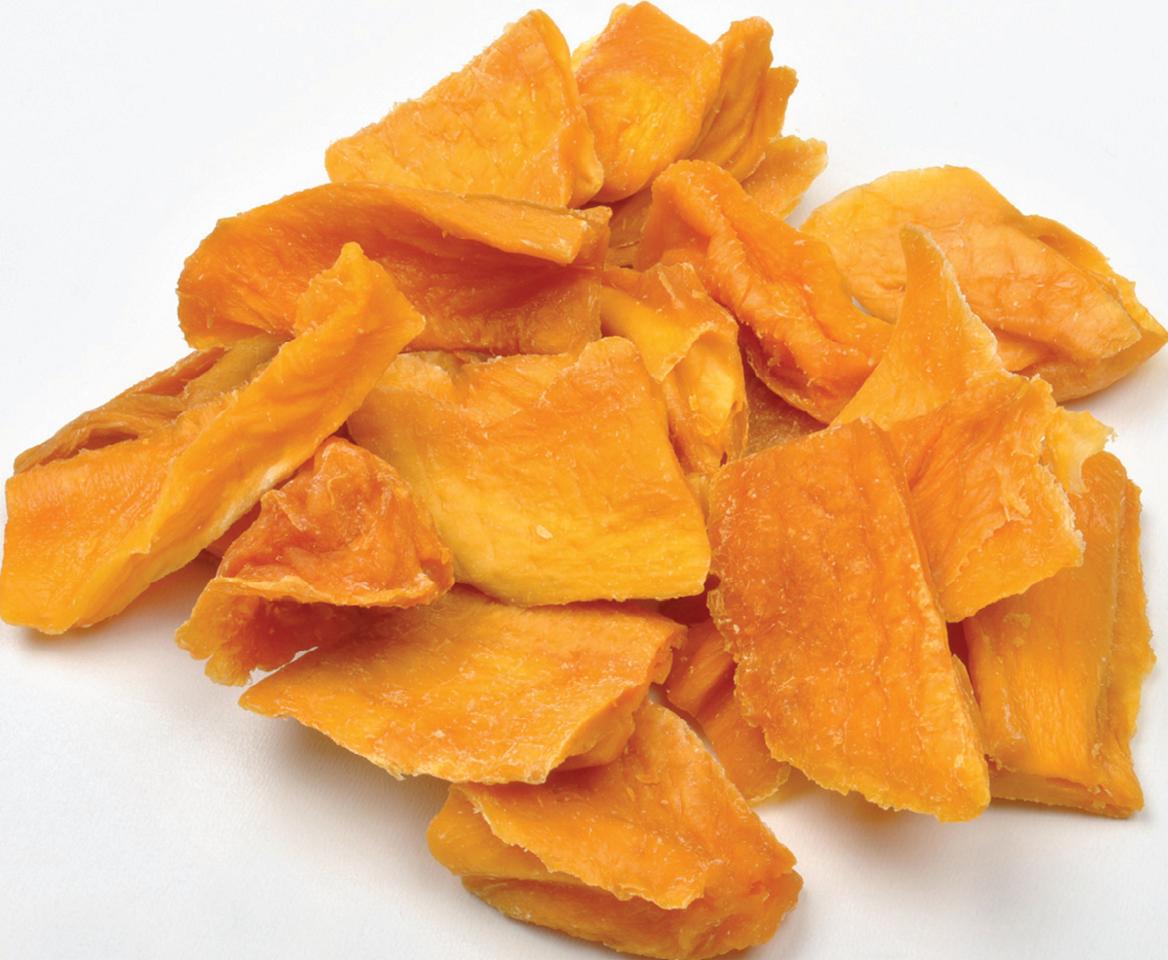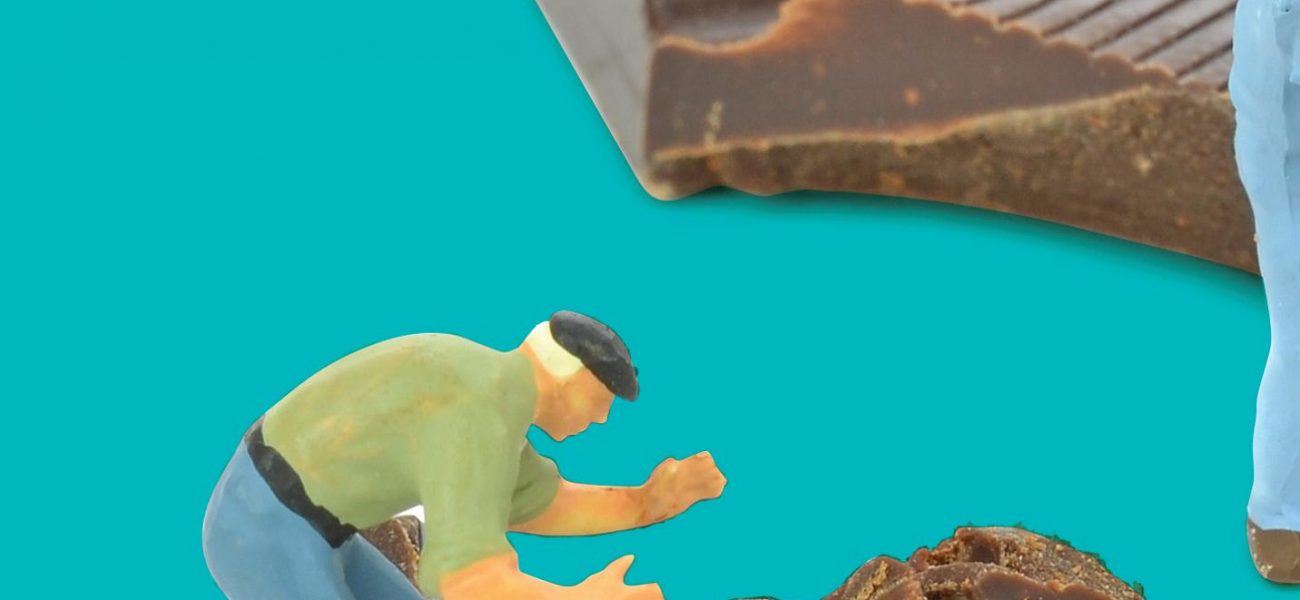Finally, you’ve cracked that nasty sugar habit to keep you going between meals and adopted a more wholesome approach to snacking. Or have you? We’re often fooled by the “fat-free”, “healthy” and “sugar-free” labels but we have news for you – they’re full of other nasties that could wage a war on your waistline. “The need to snack really depends on how efficiently you metabolise your food and how finely tuned your blood sugar balancing mechanisms are,” says nutritionist Libby Limon (libbylimon.com).
“The more affected you are by low blood sugar (low energy, sugar cravings, feeling hungry and angry) the more likely you are to be suited to small and regular meals, including snacks.
However this can be counterproductive if these snacks are high in sugars and carbohydrates, but low in healthy fats, proteins, and fibres as it’ll have a negative affect on your blood sugar balance. A high carbohydrate or sugary snack will lead to an insulin spike followed by a low which leads to a rollercoaster rather than a sustained balance of energy released.”
So what is a healthy snack and how can we avoid these pitfalls? Libby decodes three of the most common “healthy” snacks and, be warned, you’ll never look at these nibbles the same way again.
-
 The cereal bar
The cereal bar Ingredients:
Wholegrain oat flakes, golden syrup (invert sugar syrup), sunflower oil, sugar, bran flakes (wheat, wheatbran, sugar, barley malt extract, honey), wheat starch, roasted chopped almonds, honey, raising agent (potassium bicarbonate), natural flavourings
Typical values per 30g serving
- Energy (kcal) 134 kcal
- Fat 5.0g
- of which Saturates 0.5g
- Carbohydrate 19.1g
- of which Sugars 6.7g
- Fibre 1.5g
- Protein 2.4g
“This is packed full of carbohydrates and sugars (golden syrup, sugar, barley malt extract, honey) with hardly any protein at all (we need 10g per snack), and less than 2g of fibre (we need 25g per day). The calorie ratio is half fat, half carbohydrate which is the culprit linked to overeating and obesity.”
Beware of
Hidden sugars under different names.
Swap it for
Vegetarian protein bars e.g. Trek bars or Pulsin’ bars naturalbalancefoods.co.uk, pulsin.co.uk
-
 The blueberry fat-free yogurt
The blueberry fat-free yogurt Ingredients:
Grade A non fat milk, blueberry puree, fructose, less than one percent modified corn starch, natural flavour, carmine (for colour), sucralose, malic acid, potassium sorbate, sodium citrate, acesulphame potassium
Typical values per 150g serving
- Total Fat 0g
- Cholesterol 10mg
- Sodium 45mg
- Potassium 150mg
- Total Carbohydrate 9g
- Sugars 7g
- Protein 12g
-
 The dried mango
The dried mango Ingredients:
Mango, sugar, citric acid, calcium chloride, sulphur dioxide, natural flavour, coloured with yellow six
Typical values per 150g serving
- Energy (kcal) 92 kcal
- Fat 0.2g
- Carbohydrate 20.3g
- of which Sugars 19.1 g
- Fibre 2.8g
- Protein 0.7g
Beware of
Added sugar or fructose. Always choose live cultures for probiotic benefits.
Swap it for
Natural live sheep’s or goat’s yogurt or coconut yogurt. Add fresh fruit and sprinkle with seeds to increase nutrient density and fibre.
“Dried fruit (especially exotic fruit) is high in sugar, and low in fibre and protein, making it a really unhealthy option. When fruit is dried it concentrates the sugar content, losing the water and destroying all vitamins leaving it without any nutritional benefits. It also has lots of colours, stabilisers and preservatives that can build up and have a negative affect on health and wellbeing (sulphites are linked to migraines).”
Beware of
Everything. Avoid it altogether.
Swap it for
Fresh fruit combined with a small handful of nuts to balance out the carbohydrate with protein and healthy fats.






















